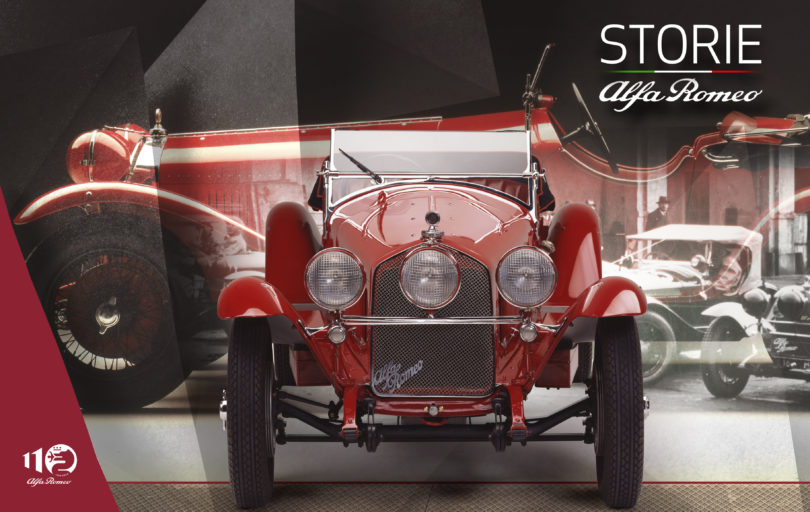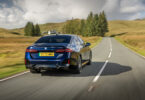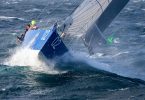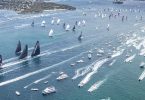“STORIE ALFA ROMEO” EPISODE 2: ICONIC 6C 1750 FORETELLS FUTURE AND DOMINATES ITS ERA
- In the 1930s, the 6C 1750 possessed the unique ability to win both races and design awards
- With outstanding power to weight ratio and perfect balance, the 6C 1750 launched technical traditions that continue today
The flying man from Mantua
13 April, 1930, just after 5am, the silent shadows beside Lake Garda are shaken by the rumble of an Alfa Romeo 6C 1750 Gran Sport spider Zagato driving at 93mph with its headlights turned off. At its steering wheel is Tazio Nuvolari, from Mantua, nicknamed “Nivola”. Beside him, Gian Battista Guidotti, chief Alfa Romeo test driver at the Portello Factory.

It’s a key moment of a mythical Mille Miglia race. The race leader and presumable winner is Achille Varzi. However, some miles before the lake, in Verona, Nuvolari and Guidotti had come up with the unbelievable idea to turn off their headlights. Their only hope of beating their rival was to take him by surprise.
Dawn was approaching. After the lake, the placid countryside would lead to the finishing line in Brescia. It was here that Varzi and his second driver Canavesi detected the echo of another engine but before they realised what was happening, they’d been overtaken by an identical car to their own.
Nuvolari won. His average speed was 100.45km/h. This was the first time ever that the 100km/h average speed barrier had been broken in this legendary race, a record that made the front pages all over Europe. 10 minutes later, a stunned Varzi came second. Third to arrive was Giuseppe Campari. Fourth, Pietro Ghersi. Different kinds of drivers with one thing in common, they were all racing in the the 6C 1750. In the following hour and a half, other 6C models arrived, altogether eight out of the first eleven.
A case of what’s called absolute supremacy, which was to be repeated that year with top three finishes in the Spa 24-hour race in Belgium, and in the Belfast Tourist Trophy. The 6C 1750 was simply the fastest car of its era.
Leave a Comment
You must be logged in to post a comment.







